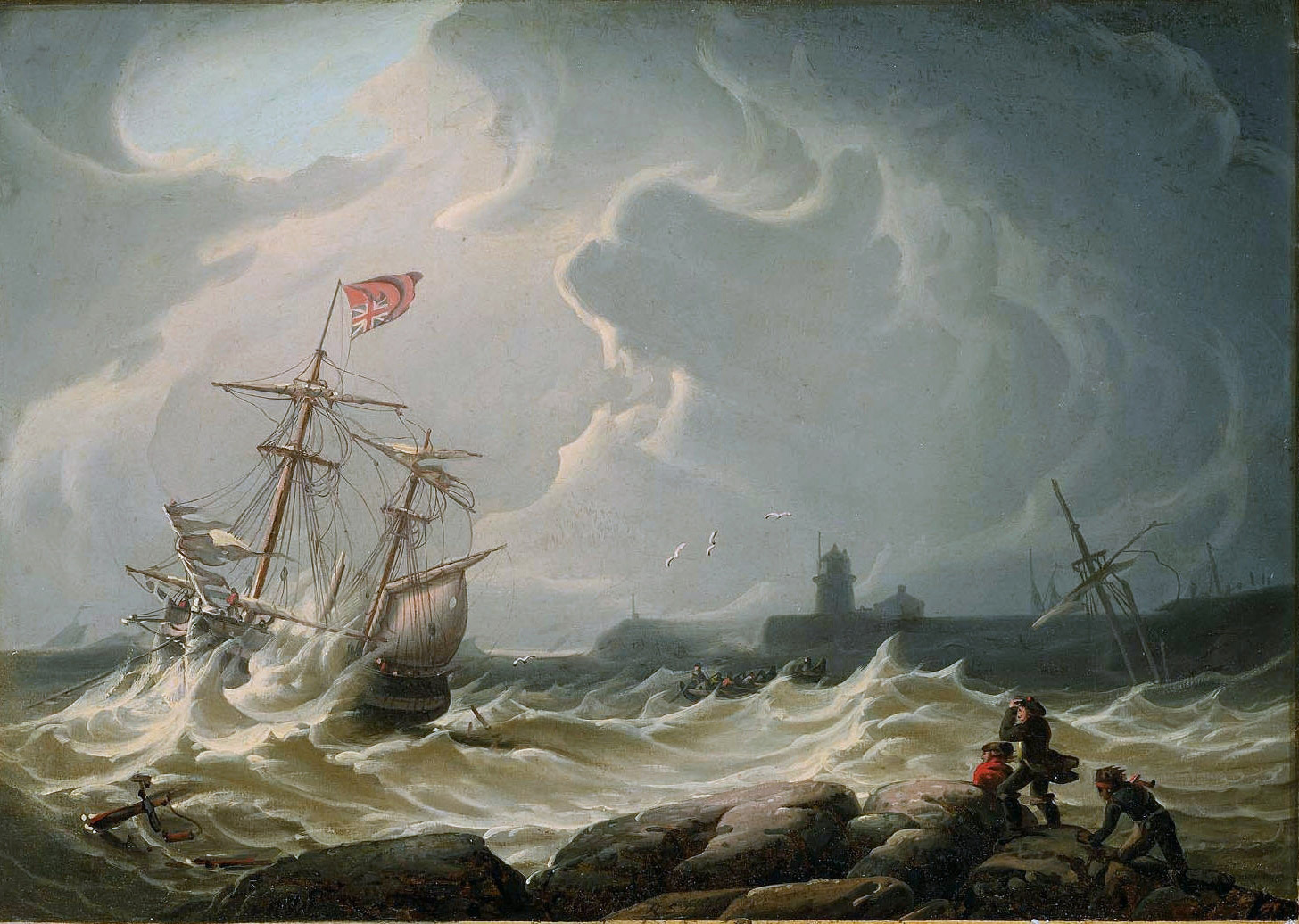The Historic Storm of 1667
If we don’t study history, we might suppose that climate changes and natural disasters are new phenomena, but that is not the case. Mother Nature’s designs are larger than our own. The “Great Gust” of August 1667 battered the east coast of North America and was described by Secretary of the Colony, Thomas Ludwell, as the worst storm ever to hit Virginia.
This storm devastated much of southeastern Virginia, where it lingered for twenty-four hours with violent winds and torrential rains. Twelve days of rain followed the main storm. The storm surge was twelve feet above normal tide level, flooding all low-lying lands along eastern Virginia waterways. People had to climb onto the roofs of their houses or seek higher ground to survive.
Along James River and other eastern waterways, crops were beaten into the ground, cattle were swept into rivers, many people died, and about 10,000 houses were said to have been blown over. “In many places whole woods [were] blown down” so that people could not “go from plantation to plantation”.
Ship in Storm by Robert Salmon, 1828.
Afterward, the General Assembly enacted laws forbidding the export of food crops, in an effort to keep food and seed available at home. Citizens of Surry County were still assessing the damages as late as 1673. This was just one of many severe storms that occurred before the modern industrial age.
FACTOID: William Shakespeare’s play, “The Tempest”, is believed to have been inspired by the “most terrible and vehement storm” of 1609, which separated ships in the fleet taking Sir Thomas Gates to Virginia. Gates’s ship, the Sea Venture, was run aground in the Bahamas. He didn’t make it to Jamestown until the spring of 1610 with the Deliverance and the Patience, new ships built in the Bahamas.
Reprinted in Surrey Side News in 2012, from Diners Digest by permission of the publisher, Teresa Gregory
Thank you for reading! Help us continue publishing more historical pieces on Surry County, Virginia by contributing a donation to the Surry Historical Society.
